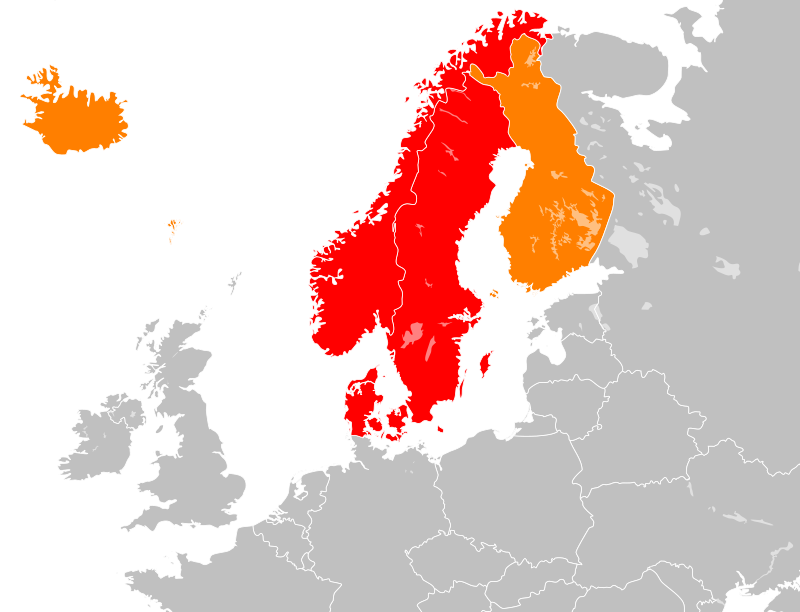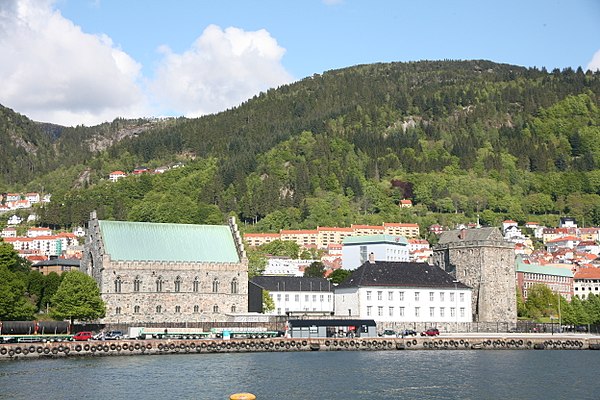
Following the Protestant Reformation in Norway around the 16th century, St. Clement's Church fell into disuse and was likely demolished by 1540[2][3]. The site remained hidden until 1921, when architect Gerhard Fischer uncovered the ruins during excavations[1][2]. Further excavations by Ole Egil Eide in 1970-71 revealed 81 ancient burials beneath the church, suggesting the presence of earlier stave churches[2][3]. The area was transformed into a green park after the demolition of Loenga bru Bridge in 1995[1].
Today, the ruins of St. Clement's Church are part of Middelalderparken, serving as a historical landmark in Oslo[3].























